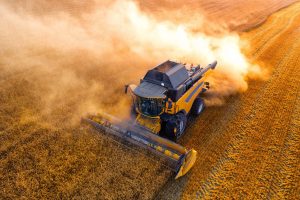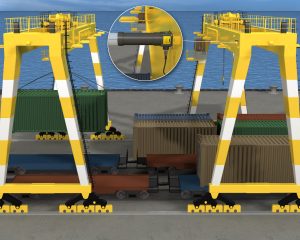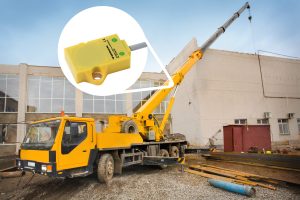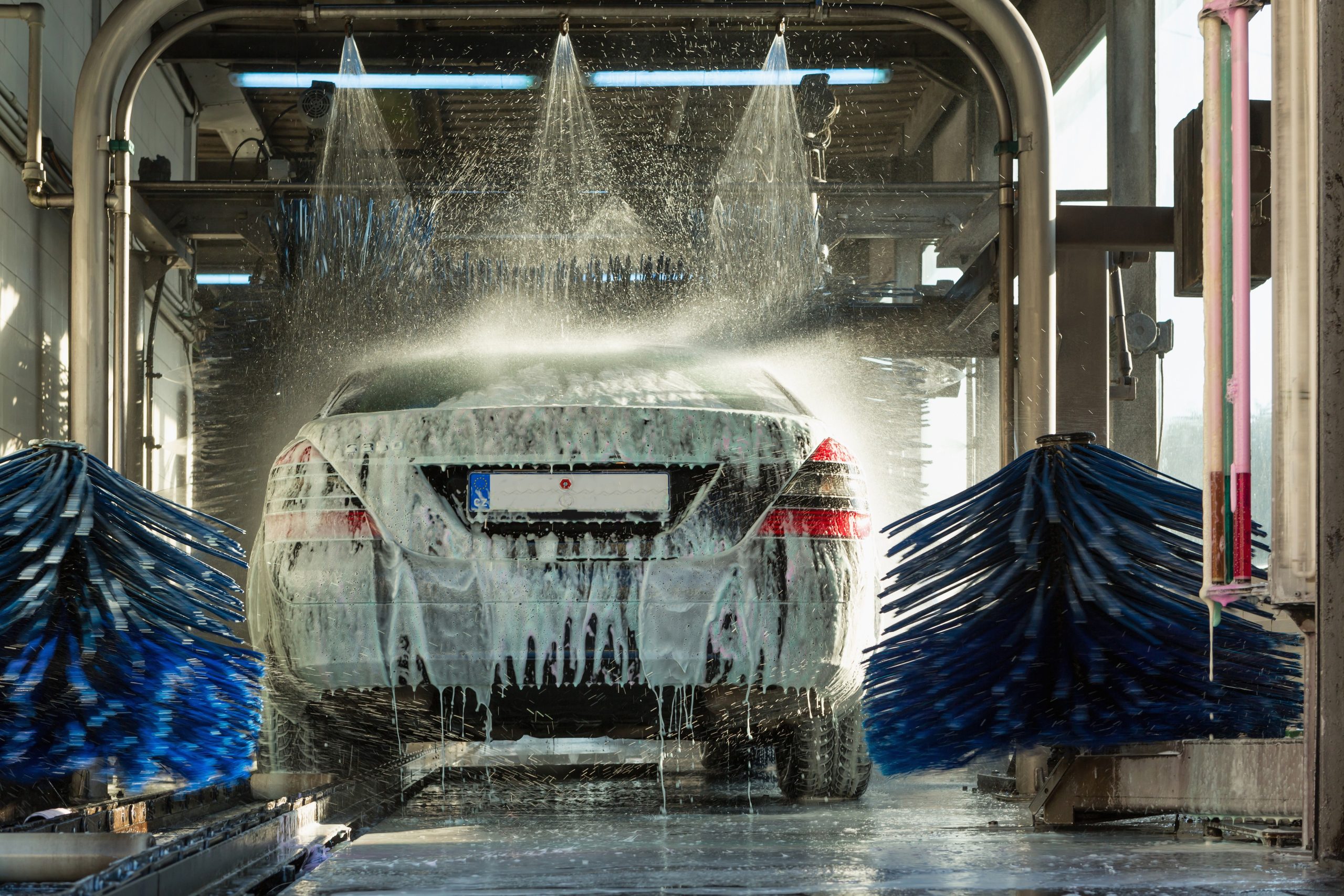There are some places where any old sensor will suffice. Mobile equipment isn’t one of them.
What is meant by mobile equipment? For the scope of this article we will consider anything that moves around on wheels. This could include things like a fork lift, AGV, crane, automatic car wash, combine harvester, or something smaller such as a generator.
Each will require certain properties from the sensors and control systems because of the varying environments that the equipment will be used in. As each application may require a different combination of properties, the challenge for companies like Turck and Banner is to combine as many of these properties into as few sensor or control variants as possible, whilst not forcing the cost up to unacceptable levels.

Industry standards can’t always be relied upon to ensure that a part is going to survive for an extended period of time. A good example of this is the IP protection class: IP67 and IP69K will prevent water ingress under test conditions. However, air inside a part that is exposed to sunlight and rain will expand and contract, drawing moisture through seals and destroying the part in a very short period of time. Fully potted parts with welded seams will not suffer from this problem.
The common working temperature range of many products is -10°C to +70°C This is not always sufficient for mobile equipment, as the same machine could be required to work anywhere around the world where sensors and control systems are often required to operate at -40°C. As well as Low temperature sensors and controls, high temperature products are also available with operating temperatures of 85, 100, 250 and 480°C Temperature stability can also be a big problem. Normal temperature fluctuations encountered inside a factory have little effect on the measuring accuracy of most sensors, whereas sensors without temperature compensation become very unreliable outdoors with constant temperature variations. Direct sunlight and shade caused by clouds and the direction in which the machine is travelling cause immediate temperature changes. Factoring in the effects of wind, rain and snow can make all but the best temperature compensated sensors unusable.
The operating DC voltage range is also a consideration, as mobile equipment will often experience a greater voltage fluctuation than other equipment. Sensors and control systems for mobile equipment must be able to tolerate voltage spikes and dips created by other devices switching on and off.

A clean optical sensor will work perfectly well at its stated maximum range until it starts to get dirty, or it begins to rain or snow, at which time the same sensor will probably struggle to work as expected. Direct sunlight can also temporarily blind an optical sensor, when the small amount of extra light that the sensor sends and receives cannot be seen due to so much sunlight falling on the receiver. High powered optical sensors used at their optimal range can cope with higher levels of dirt. Introducing a slight downwards tilt to the sensor mounting can help considerably with sunlight saturation. Sunlight immune optical sensors are available, and other types of sensing methods are not affected by sunlight and dirt. For example, inductive sensors are totally unaffected by sunlight and non metallic dirt but have a very short sensing distance compared to optical sensors. Radar sensors are also unaffected by sunlight and dirt. While they can have sensing ranges that exceed most optical sensors, they also have a very wide beam compared to most optical sensors, which can result in detecting unwanted objects.
Dirt isn’t only a problem for optical sensors. Any sensor that relies upon a mechanical movement, such as linear position sensors and rotary encoders, can become clogged by dirt. Contactless encoders are completely sealed and do not have the mechanical rotating parts of a standard encoder, thus making them suitable for dirty environments, and as they do not have the inside air space required by a standard encoder they can easily withstand high-pressure hose down cleaning.
Ultrasonic sensors are often used on mobile equipment as their wide beam angle and long range distance measurement capabilities make them ideal for anti-collision applications, such as the parking sensors used on almost every car. Although they are also good at detecting irregular shaped objects, so are often used in food detection and level measurement, at longer ranges they can be susceptible to wind, which can blow the sound wave that they produce, away from the sensor. As they rely on a moving diaphragm to produce the sound wave, they can also be susceptible to dirt.

Radar sensors are becoming a common choice for mobile equipment applications which detect objects greater than 100mm, often for collision avoidance, object presence and distance measurement. They are resistant to dirt, wind, rain, snow, fog and sunlight, can operate over -40 to +65°C and can detect objects over a wide area.
Laser sensors are often thought of as being good for mobile equipment, as their precise spot and accurate distance measurement can be ideal. However, laser sensors that are safe to use around people actually have very little power. The nature of a laser means that the light doesn’t naturally disperse like other light beams (think of a torch beam which spreads as a cone of light). It is concentrated into a very small spot which is easily absorbed or dispersed If the laser beam hits rain, fog, snow or dirt. Additionally they do not cope very well with vibrations or movement. If the sensor angle moves by just 3 degrees at a range of 2 metres, the sensing spot will move by 10.5cm. If the target is shiny and also vibrating or moving then the beam reflected back to the sensors will also move around, and an angle of 0.6 degrees over the same 2m will move the beam off of a 20mm receiver lens.

With Inclinometer sensors predominantly used on mobile equipment, companies like Turck Banner will only manufacture them, with the qualities required for that environment.
It is not only sensors and controls that are challenged by mobile equipment. As indicators are commonly unreadable in daylight, Banner produce a whole range of daylight visible indicators.
The higher cost of these special sensors doesn’t have to be all doom and gloom, as there are also bus systems and connectivity devices designed for mobile equipment. Choosing these fully-potted, machine mountable devices eliminates or significantly reduces the size of the control cabinet. As well as reducing the cost of the cabinet, maintenance is simplified as everything is accessible and primarily uses cordsets with connectors. Turck Banner can even provide bespoke connectivity solutions, such as wiring looms with harsh duty Deutch connectors, and sensors with customised capabilities.
Turck Banner Ltd provide sensors, lighting, control and communication products for all environments, including the wireless communications required to connect mobile equipment to the wider world.



